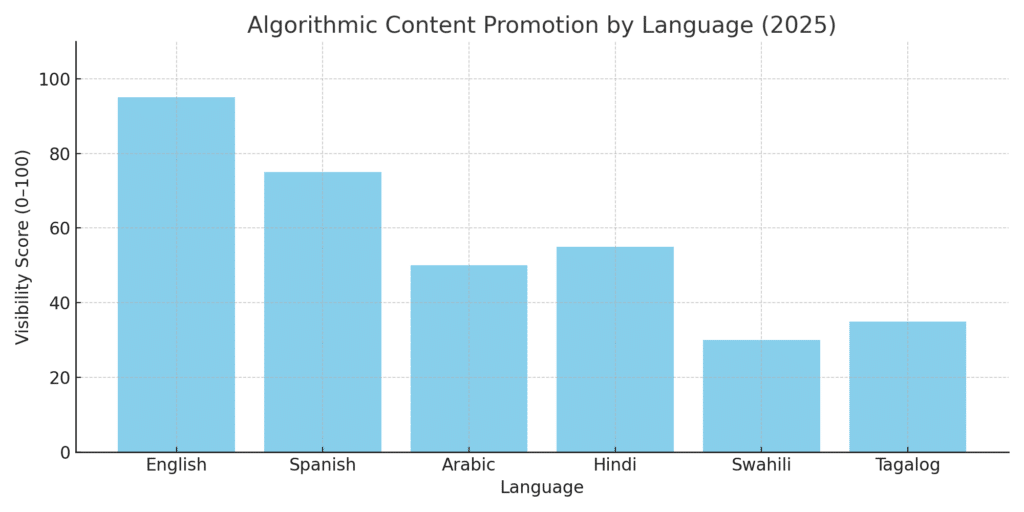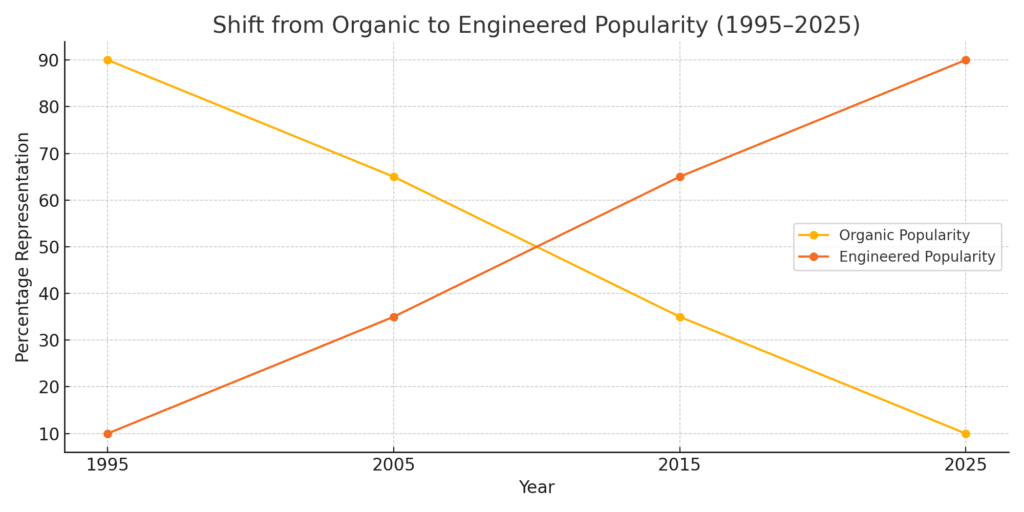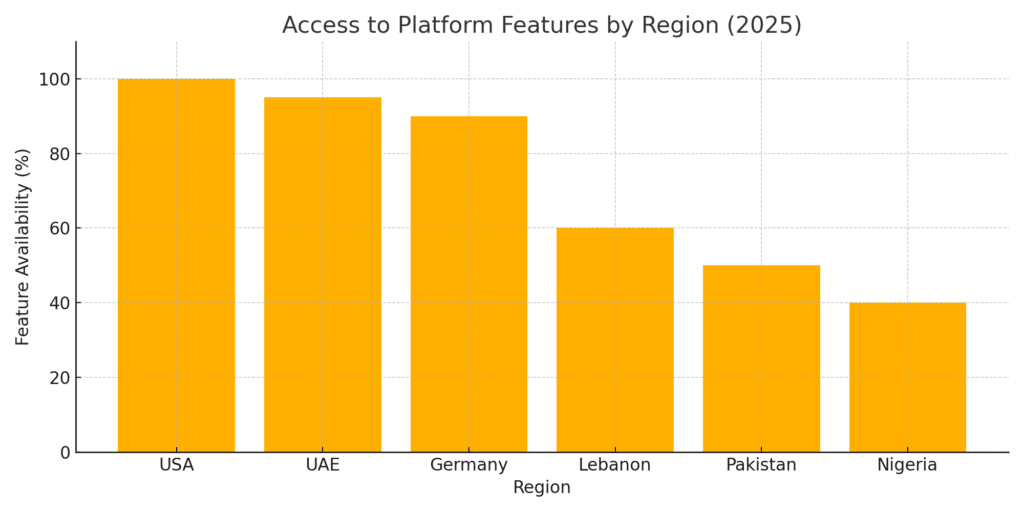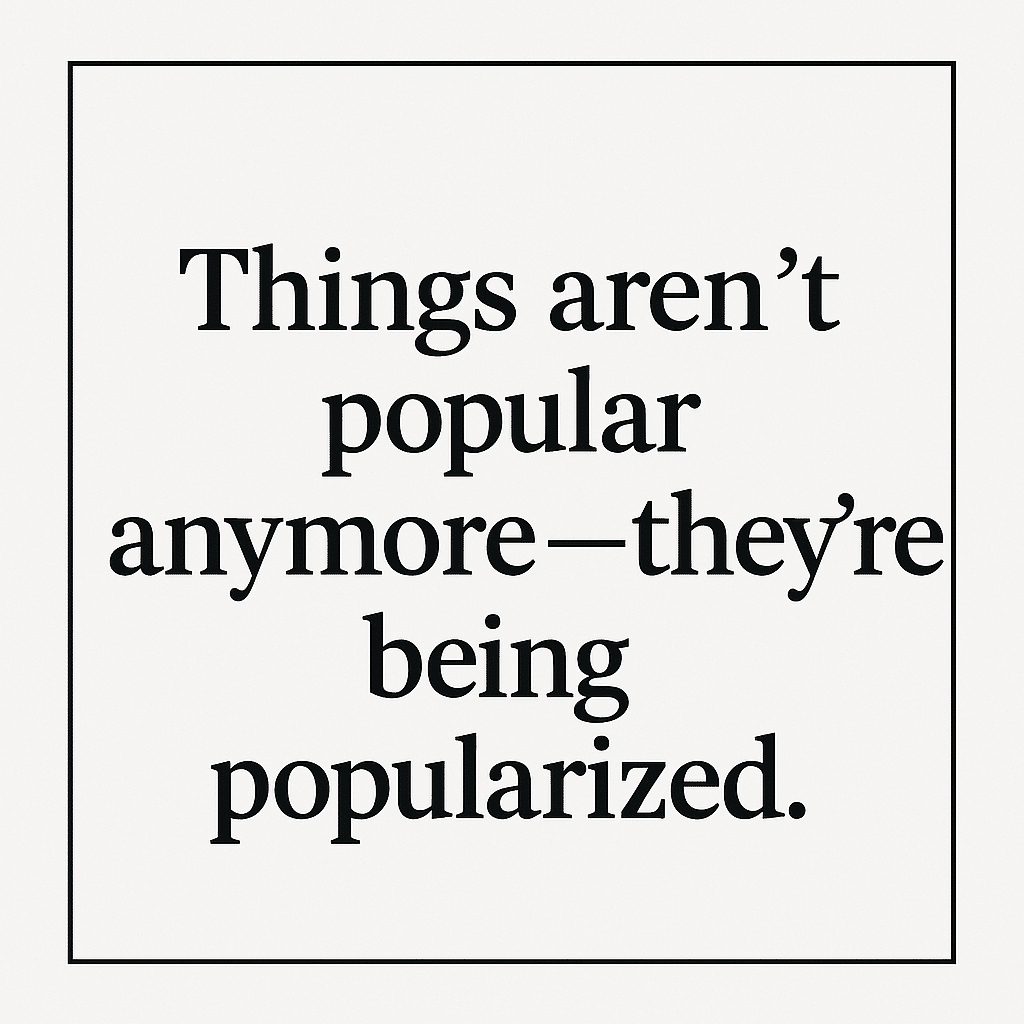This study was conducted independently for personal and educational purposes only | April 2025
We scroll, we share, we react. But have you ever stopped to ask: Is this really popular—or has it been made to look that way?
In today’s digital world, popularity isn’t what it used to be. We’re no longer living in an era where trends rise organically from shared human experience. Now, what’s “trending” is often the result of clever strategy, algorithmic design, influencer campaigns, and corporate agendas.

The Illusion of Organic Growth What seems like a spontaneous dance challenge, a viral product, or a must-watch series has often been planned weeks (or months) in advance. Influencers are seeded. Algorithms are trained. Exposure is bought.
Behind every trend is an invisible web of systems that push some content forward—and bury others. This isn’t conspiracy talk. It’s how the system works. Platforms like TikTok, Instagram, and YouTube reward specific formats, tones, and even regions with more visibility than others.

The Geography of Access Here’s something rarely talked about: not everyone gets access to the same tools at the same time. Some countries receive monetization features late—or not at all. Others are excluded from trending sections because of location, language, or even politics.
What does this mean? It means that while the internet feels like a level playing field, it’s not. And the global conversation is often dominated by voices that have access, privilege, and platform favoritism.

Why This Matters Because trends shape culture. They influence how we dress, speak, think—even vote. When popularity is manufactured, it has the power to mislead, exclude, or manipulate. It shifts the question from “What do people love?” to “What are people being told to love?”
So What Can We Do?
- Be mindful of what you consume and share.
- Follow creators from underrepresented regions and voices.
- Support platforms and tools that prioritize transparency and ethical design.
- Start conversations—like this one.
The world needs more awareness and less illusion. More authentic connection and less algorithmic noise. If you’re reading this, you’re already part of that shift.
Let’s stop confusing “popular” with “valuable.” Let’s redefine what deserves our attention.
Want to dive deeper? Explore my full research project: Manufacturing Popularity: How Trends Are Engineered, Not Discovered.



